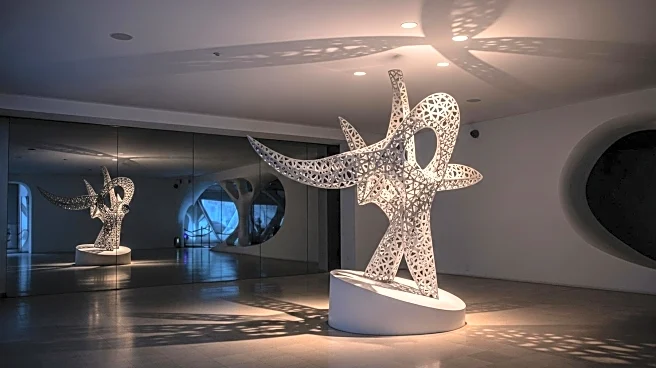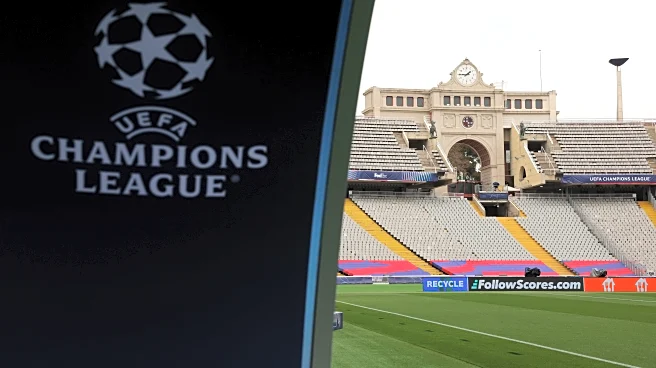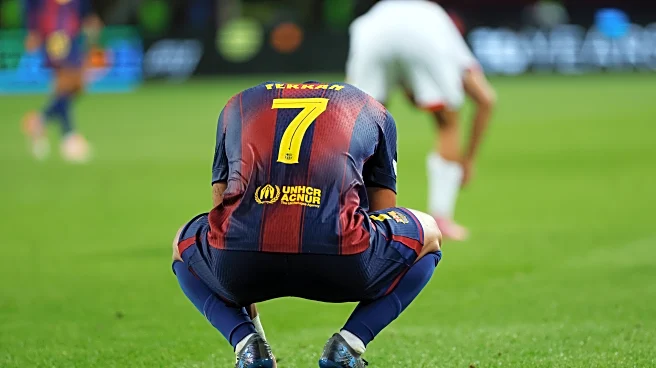What's Happening?
Unesco has launched its Virtual Museum of Stolen Cultural Objects, a digital initiative aimed at raising awareness about the illicit trafficking of cultural property. The museum, which presents looted artefacts in 3D form, was unveiled at Unesco’s World Conference on Cultural Policies and Sustainable Development in Barcelona. Designed by Burkinabé architect Francis Kéré and funded by the Kingdom of Saudi Arabia, the project utilizes Unesco's extensive database of looted artefacts. The initiative is a response to calls from UN member states for a coordinated strategy to address the issue. The museum features various sections, including an auditorium that outlines the platform's aims and a gallery showcasing stolen cultural objects like a Syrian gold pendant from 120AD. The project was developed in collaboration with Interpol, highlighting the increasing involvement of organized criminal networks in the illicit trade of cultural property.
Why It's Important?
The launch of Unesco's Virtual Museum is significant as it addresses the growing problem of illicit trafficking in cultural property, a market increasingly dominated by organized crime. By making these artefacts accessible in a digital format, the initiative aims to restore cultural heritage to its rightful place in society, allowing communities to reconnect with their history and identity. This project not only raises awareness but also serves as a tool for education and research, potentially aiding in the recovery and repatriation of stolen objects. The involvement of Interpol underscores the global nature of the issue and the need for international cooperation to combat it. The museum's digital format ensures that these cultural treasures are not lost to history, providing a platform for their preservation and appreciation.
What's Next?
The Virtual Museum is expected to evolve as more artefacts are added and as international cooperation in the fight against cultural property trafficking strengthens. Unesco and Interpol may continue to collaborate on further initiatives to track and recover stolen artefacts. The museum could also serve as a model for similar projects, encouraging other organizations and countries to adopt digital solutions in preserving and promoting cultural heritage. As awareness grows, there may be increased pressure on governments and institutions to implement stricter measures against the illicit trade of cultural objects.
Beyond the Headlines
The ethical implications of the illicit trade in cultural property are profound, as it often involves the exploitation of vulnerable communities and the loss of cultural identity. The Virtual Museum not only highlights these issues but also promotes a dialogue on the importance of cultural heritage and the responsibilities of custodianship. By bringing these artefacts into the digital realm, Unesco is challenging the traditional notions of ownership and access, potentially reshaping how societies engage with their cultural past.












